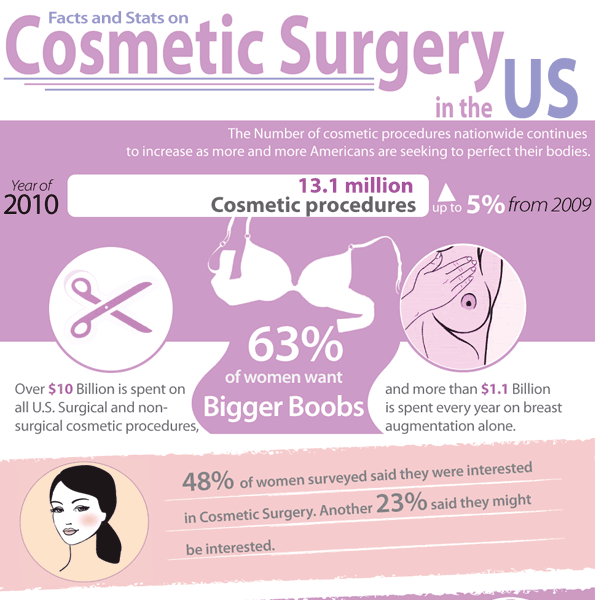Can Turmeric Help With Acne
Can Turmeric Help With Acne
Blog Article
Causes of Acne on Cheeks
Acne breakouts in the cheek area are caused by several things, from touching your face often to not changing your pillowcase usually enough. Picking at acnes raises your risk of infection and scarring, and specific medicines can worsen dark spots (postinflammatory hyperpigmentation).
The good news is, there are numerous means to prevent and treat cheek acne. These include:
1. Hormone Changes
Acne is mainly brought on by hormones, specifically those generated during adolescence and maternity. For some, a family history of acne might also contribute to their problem. Anything that obstructs pores, such as oil-based skin care products or ceraceous hair items, can trigger acne. Various topical treatments, like benzoyl peroxide and salicylic acid, can battle microorganisms and unblock pores. Those with serious or chronic acne ought to look for therapy from their doctor.
Prevent touching or pressing your acne, as this can push a few of the germs deeper right into the skin, leading to a more severe breakout. It is likewise vital to transform pillowcases regularly and use clean make-up brushes. You must additionally attempt to avoid irritants such as friction from using a safety helmet or limited collar.
2. Diet regimen
The oily, sweet foods that many individuals assume trigger acne might in fact not do so. Actually, studies have shown that eating a diet rich in whole, nutrient-dense foods helps to avoid outbreaks.
Foods high in the glycemic index (such as white bread, corn flakes, blew rice and potatoes, doughnuts and various other breads) elevate blood sugar level degrees rapidly, and this can boost hormonal agents that improve oil manufacturing and bring about acne.
Consuming alcohol cow's milk has actually additionally been connected to enhanced acne breakouts. If you are a regular cow's milk drinker, you may wish to try switching to low-fat or nondairy options that are strengthened with calcium. On top of that, consuming alcohol even more water can aid to lower acne due to the fact that it aids to maintain the skin hydrated.
3. Excess Oil
While oil is essential for healthy skin, it can become an issue when too much sebum mixes with dead skin cells and blocks pores. This mix can produce blackheads, whiteheads and pimples. The blocked pore wall can break down and spill microorganisms, dead skin cells and sebum right into bordering skin. This results in a red bump called an acne. Often these red bumps have pus in the center from a bacterial infection. Larger infected bumps that appear like acne are called cysts.
There are lots of points that can create excess sebum and clogged pores, including hormone variations, diet regimen and everyday routines. Some instances include touching the face often, relaxing your hand on your cheek, making use of dirty make-up brushes and not changing pillowcases routinely.
4. Tension
If you're handling throbbing pimples or a multitude of blackheads and whiteheads, it might be time to talk with a dermatologist. They can recommend an effective treatment that fits your skin kind. Exercising relaxation and stress-reduction methods likewise assists.
Acne can happen in the cheeks because of rubbing and pressure, such as when a person touches their face frequently or puts on a hat or sporting activities helmet that massages versus the skin. It can likewise show up where greasy cosmetics and lotions rub against the skin.
Avoid squeezing acne, as this can press contaminated material deeper right into the skin and lead to scarring. Rather, see a medical professional to find out about preventative therapies like medication, skin treatment products and way of living modifications. Eating a healthy diet of entire foods, getting seven to nine hours of rest and using noncomedogenic make-up and skin care items can all help reduce acne outbreaks.
5. Hair Products
Hair products are not typically considered a source of outbreaks, however they can add to acne on the cheeks in some people. Pomade acne, which is defined by small shut comedones and papulopustules, is frequently triggered by using oily hair products that contain comedogenic active ingredients such as specific oils and acetylated lanolin.
Selecting hair products that do not consist of these potentially comedogenic ingredients is a vital step towards reducing breakouts. Additionally, guaranteeing that hair products aren't coming in contact with the what is botox skin can aid protect against outbreaks. For example, wearing a scarf or hood in the evening can limit hair-to-face contact and lower the probability that leave-in hair products will certainly rub off onto the face.
Along with utilizing a non-comedogenic moisturizer and washing with an acne face clean, various other practical methods include: